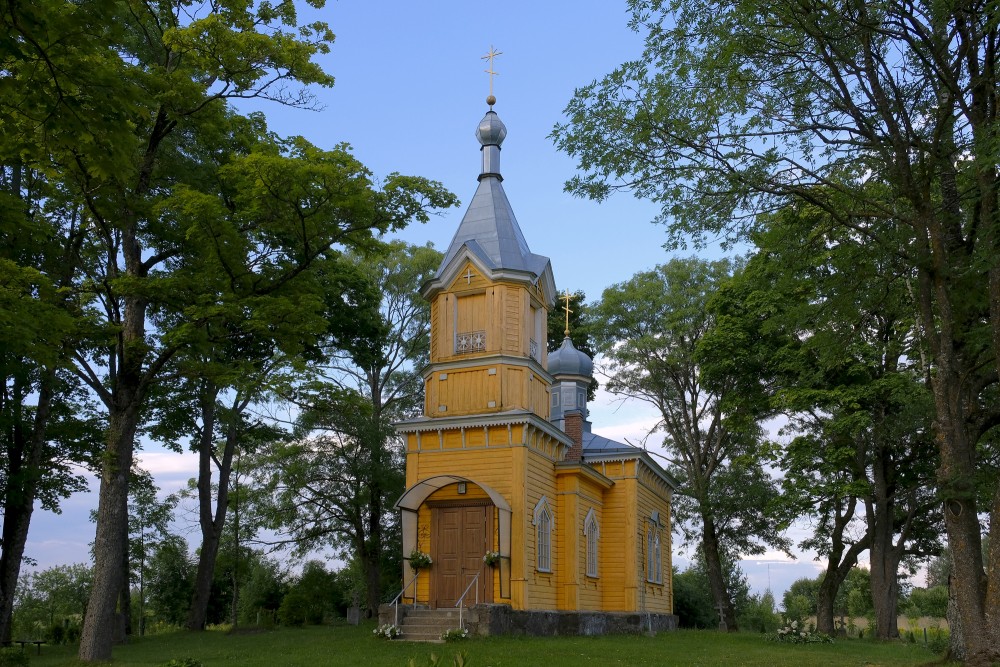Latvia’s iconic wooden architecture reflects the country’s cultural heritage and deep connection to nature. Across cities and villages, wooden buildings showcase artistry, craftsmanship, and timeless design traditions. These structures create a warm, inviting atmosphere that contrasts beautifully with modern urban development. Tourists love wandering old neighborhoods filled with colorful, hand-crafted wooden homes. Even in Riga, you’ll find entire districts dedicated to historical timber houses and villas. Many of these buildings date back to the 19th century, showing exceptional resilience through the years. Moreover, Latvia has preserved its wooden structures better than most other European countries. This guide will help you explore the charm, history, and uniqueness of Latvia’s iconic wooden architecture.
A Journey Through Riga’s Wooden Architecture Districts
Start your journey in Riga’s Kalnciema Quarter, known for restored 19th-century wooden buildings and lively markets. The district blends culture, food, and architecture, offering visitors an authentic Latvian experience year-round. Wander the peaceful streets of Grīziņkalns and Āgenskalns, where wooden houses line every charming corner. These homes often feature pastel colors, wooden carvings, and decorative windows, perfect for photos. Besides their beauty, they serve as functional homes, galleries, and community centers. Thanks to preservation efforts, Riga’s wooden neighborhoods remain vibrant parts of daily life. Visitors can enjoy guided tours that explain the rich history behind each street and structure. Truly, Riga offers the best introduction to Latvia’s iconic wooden architecture.
Explore in Riga:
-
Kalnciema Quarter: food, design, history
-
Grīziņkalns and Āgenskalns: peaceful wooden streets
-
Restored 19th-century homes still in use
-
Tour options to learn local history
-
Community and cultural life thrive in these district
The History Behind Latvia’s Wooden Building Tradition
Latvia’s wooden architecture dates back to the 18th and 19th centuries, driven by abundant local forest resources. Timber was affordable, strong, and easy to shape into beautiful, detailed home designs. Latvians also developed a strong tradition of carpentry passed down through generations. As cities grew, wooden homes became the standard in urban planning, especially for the working class. Even wealthy families often preferred well-crafted wooden villas outside the city centers. Despite fires and wars, many of these buildings survived thanks to community restoration efforts. Over time, wooden houses came to represent national pride and resilience. This rich history helps define the soul of Latvia’s iconic wooden architecture.
Unique Features of Latvia’s Wooden Homes
Latvia’s iconic wooden architecture stands out for its detail, color, and clever design. Most buildings feature hand-carved ornamentation along doors, windows, and rooftops. Residents often painted homes in cheerful tones—green, red, blue—to reflect nature and optimism. Inside, you’ll often find wood-paneled walls, cozy corners, and classic tiled stoves for warmth. Sloped roofs and raised foundations protect homes from snow, moisture, and shifting soil. Double windows keep cold air out while letting in precious winter sunlight. Builders used pine and spruce for structure, while birch often added decorative touches. These unique features make every wooden home a small masterpiece of Latvian culture.
Common Features:
-
Hand-carved woodwork and bright paint
-
Tiled stoves and wood paneling indoors
-
Sloped roofs and raised bases for weather resistance
-
Double windows for insulation
-
Use of birch, spruce, and pine wood
Iconic Wooden Churches and Public Buildings
ooden architecture in Latvia goes beyond homes—it includes churches, schools, and other public structures. One stunning example is the wooden church in Lestene, which dates back to the 17th century. Many wooden churches showcase traditional Lutheran layouts with bell towers and painted interiors. You can also visit wooden railway stations and post offices still standing in rural towns. In Kuldīga and Cēsis, wooden town halls and old shops create postcard-perfect street scenes. These buildings remind visitors that wood served every function in historic Latvian life. Their beauty lies in both simplicity and the care used in every board and beam. These landmarks truly reflect the spirit of Latvia’s iconic wooden architecture.
Famous Wooden Structures:
-
Lestene Church: 17th-century landmark
-
Wooden train stations and schools
-
Town halls and shops in Kuldīga and Cēsis
-
Lutheran layouts with bell towers
-
Fully functional public buildings made of wood
One standout example in eastern Latvia is the Riebiņi St. Nicholas Orthodox Church, built entirely from timber in 1885. Located in the Latgale region, this church reflects traditional Orthodox design combined with local Latvian craftsmanship. Its sky-blue exterior and ornate towers make it instantly recognizable and deeply photogenic. The church’s wooden iconostasis and interior carvings showcase incredible attention to religious detail. Surrounded by peaceful countryside, it’s a serene spot to admire spiritual and architectural harmony. Local villagers continue to maintain the church with love and dedication. It’s one of the best-preserved Orthodox wooden churches in Latvia. A visit here offers a unique window into both Latvian and Orthodox heritage.
Fun and Surprising Facts About Latvia’s Wooden Architecture
Here are some fascinating facts you probably didn’t know about Latvia’s iconic wooden architecture. Riga has over 4,000 wooden buildings, the highest number in Europe for a capital city. Latvia still trains students in traditional woodcraft skills to help preserve old houses. Wooden homes can last over 150 years with proper care and regular maintenance. Some structures survived both World Wars and Soviet-era planning changes. Local beeswax was traditionally used to waterproof wooden walls and keep insects away. Owners often used sun symbols and folk patterns carved into homes for protection. Entire wooden neighborhoods in Riga qualify as UNESCO heritage candidates. The love for timber homes continues today, with modern architects embracing wood again.
Interesting Facts:
-
Riga: 4,000+ wooden buildings
-
Wooden homes can last over 150 years
-
Beeswax used for preservation
-
Carved protective folk patterns
-
Modern architects rediscover wooden design
Where to See Latvia’s Best Wooden Architecture Outside Riga
Outside the capital, several towns also showcase Latvia’s iconic wooden architecture in its purest form. Visit Kuldīga, often called the most romantic town in Latvia, filled with colorful wooden homes. The town’s wooden bridge and riverside houses make it a perfect weekend escape. Cēsis also charms visitors with its peaceful streets lined with 19th-century timber houses. Liepāja mixes wooden architecture with seaside views and a relaxed cultural vibe. In Latgale, discover wooden farmhouses with thatched roofs and hand-built furniture. Each region adds its own flavor to the national wooden style. Exploring beyond Riga offers a deeper connection with Latvia’s rural heritage and local artisanship.
Where to Go:
-
Kuldīga: charming bridges and wooden homes
-
Cēsis: quiet timber-lined streets
-
Liepāja: coastal town with wooden flair
-
Latgale: thatched rural houses
-
Each region offers a unique interpretation
Preservation Efforts and Modern Use
Today, architects and conservationists work together to protect Latvia’s iconic wooden architecture. Strict building rules and grants help owners restore wooden homes without losing their original character. New technologies allow old homes to stay energy-efficient and comfortable all year round. Some buildings now house eco-hotels, cultural centers, and creative co-working spaces. These modern uses give wooden structures a second life while honoring their heritage. Many communities hold festivals to celebrate their wooden neighborhoods and skilled builders. Even urban planners look to timber as a green solution in new construction. Preserving these wooden gems ensures they inspire future generations and keep traditions alive.
Latvia’s iconic wooden architecture is more than old buildings—it’s a living symbol of culture and identity. Each house, church, and shop tells a story passed down through families and communities. Wooden homes remind us that beauty doesn’t always come from glass, steel, or stone. Instead, it grows from natural materials, care, and generations of creativity. Latvia’s wooden architecture offers lessons in sustainability, artistry, and timeless design. As you travel, take the time to notice these details and their connection to history. Whether you’re in Riga or a quiet village, timber buildings will leave a lasting impression. Explore them, respect them, and share their stories—Latvia’s iconic wooden architecture deserves the spotlight.

